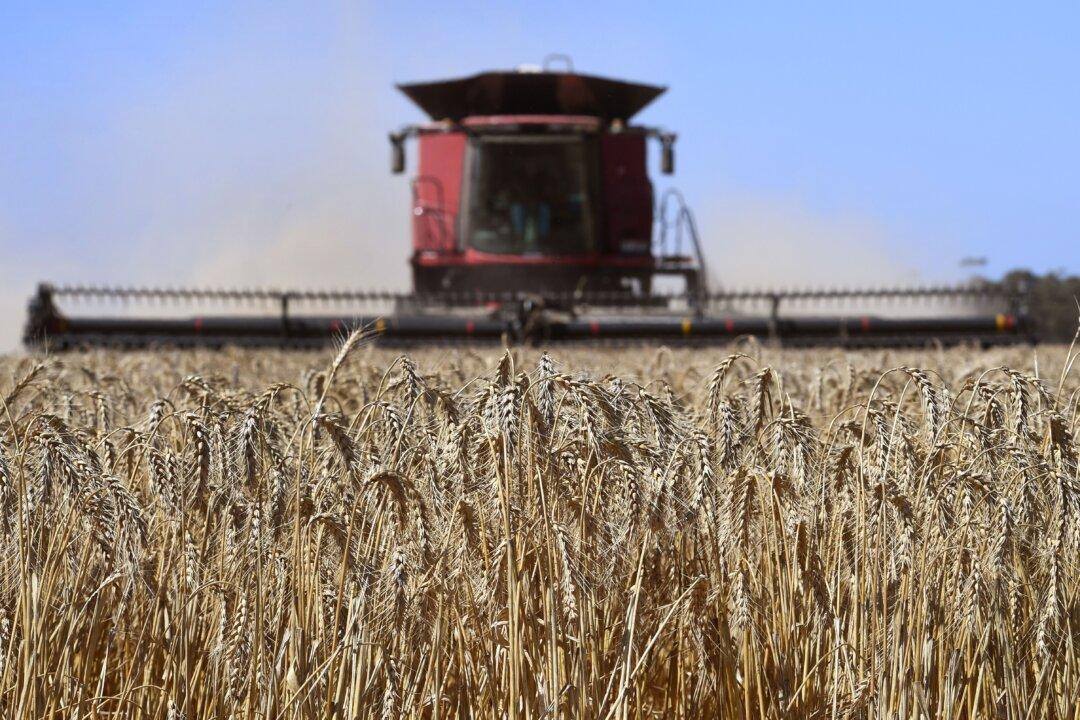The Australian agriculture sector is anticipated to produce $80.4 billion (US$57.9 billion) worth of products in the 2022-2023 financial year, the second-largest amount ever recorded.
This forecast comes even though producers are grappling with labour shortages and ballooning input costs, with world fertiliser prices hitting the highest levels since 2008.





